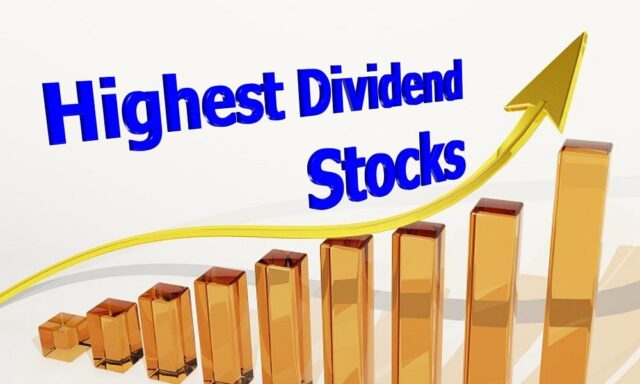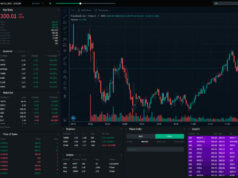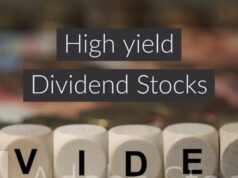
Investing in high dividend stocks has become increasingly popular among investors seeking not just growth, but also a steady stream of income. Picture this: a well-chosen portfolio of dividend-paying stocks can provide both a cushion in volatile markets and a reliable source of cash flow.
But how do you sift through the myriad choices available? Are all dividend stocks created equal? As with any investment strategy, identifying the best opportunities requires a keen eye and an understanding of fundamental metrics. It’s not merely about the highest yield; its about sustainability, growth potential, and overall company health.
In this article, we will explore the essential steps to recognize high-quality dividend stocks and strategies to effectively integrate them into your investment portfolio, allowing you to maximize rewards while managing risks.
Understanding High Dividend Stocks

High dividend stocks, such as US stocks with highest dividends, represent more than just a source of income; they embody a blend of stability and potential for growth that can greatly enhance an investment portfolio. At their core, these are shares of companies that regularly distribute a portion of their earnings back to shareholders, typically in the form of cash payments.
But not all high dividend stocks are created equal. Some may be artificially inflating yields through unsustainable payout ratios or fleeting earnings.
Therefore, when assessing these investment opportunities, it\’s crucial to dig deeper—evaluate company fundamentals, scrutinize payout history, and consider economic moats that protect their profitability. A nuanced understanding of a company\’s financial health, market position, and the broader economic environment will empower investors to identify high dividend stocks that not only yield attractive returns but also weather the test of time.
Diversification and Risk Management

Diversification is a cornerstone of effective risk management, especially in the realm of high dividend stocks. By spreading your investments across various sectors—such as utilities, healthcare, and consumer goods—you can mitigate potential losses that arise from market volatility or sector-specific downturns.
Take a moment to consider this: if one sector hits a rough patch, your dividends from other sectors might cushion the blow, ensuring a steadier income stream. Furthermore, when evaluating potential high dividend stocks, don’t shy away from mixing established stalwarts with emerging companies that show promise.
This blend not only enhances your portfolios growth potential but also brings a layer of protection. Remember, a well-curated investment mix can act as your financial safety net, allowing you to weather economic storms while still enjoying the rewards of consistent passive income.
Utilizing Dividend Reinvestment Plans (DRIPs)

Utilizing Dividend Reinvestment Plans (DRIPs) can be a savvy strategy for maximizing your investment in high-dividend stocks. These plans allow investors to automatically reinvest dividends earned from their holdings into additional shares of the same stock, often without incurring commission fees.
Imagine receiving cash just to see it transformed into even more ownership in a company you believe in. It’s a powerful cycle: as your share count grows, so too does your dividend income, snowballing into a larger asset base over time.
Moreover, investing through DRIPs tends to soften the impacts of market volatility, as regular reinvestment can provide a buffer against price fluctuations. In essence, embracing DRIPs isn’t merely a strategy; it’s a commitment to long-term growth and the compounding power of dividends that can significantly enhance your portfolio’s performance.
Conclusion
In conclusion, identifying and investing in the best high dividend stocks requires a strategic approach that encompasses thorough research, careful analysis, and a clear understanding of your financial goals. By focusing on key metrics such as dividend yield, payout ratios, and the company’s overall financial health, investors can uncover opportunities that provide not just income but also potential capital appreciation.
Additionally, considering established US stocks with the highest dividends, such as those from well-known sectors like utilities and consumer staples, can offer a solid foundation for a reliable income stream. Ultimately, by remaining vigilant and informed, investors can build a robust portfolio that generates sustainable returns over time.











